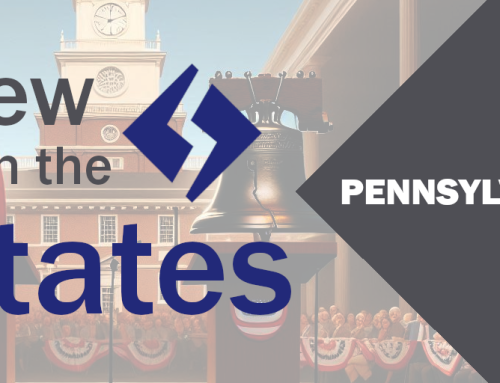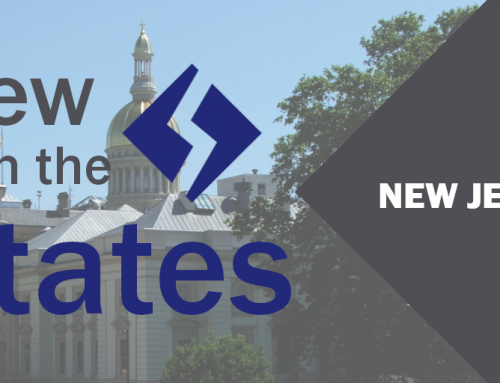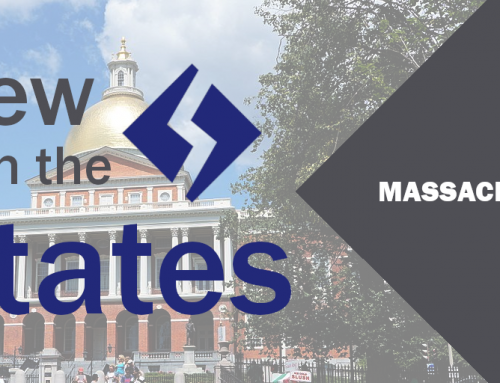Tapping into the expertise and perspective of Highland’s network of over 500 bipartisan, in-state operatives, “View from the States” offers periodic insights into important local trends often overlooked by Inside-the-Beltway “conventional wisdom.”
As the 2024 campaigns begin their stretch run, we will look at key swing states, and how this November will impact next year and beyond.
The Buckeye State: 2024 Battleground and 2025 Battle Lines
“As Ohio goes,” went an old axiom of politics, “so goes the nation.” The Buckeye State was considered the consummate bellwether for Presidential politics; before 2020, the last candidate to lose Ohio and win the Presidency was John F. Kennedy in 1960.
In recent years, Ohio has become more solidly Republican – and not only in its Presidential preferences. Highland’s in-state operatives note that blue-collar workers have pushed the state red. Industrial areas in northeast Ohio (where the economy is centered around factories and unions were powerful) have become open to recent populist messages from former President Donald Trump and his running mate, Ohio junior Senator J.D. Vance.
However, the adage isn’t outdated. With Congress so evenly divided, Ohio could determine control of the U.S. Senate. And in 2023, Ohio voters demonstrated national uneasiness across the political spectrum with the post-Roe v. Wade landscape by passing a sweeping reproductive rights referendum.
2024 Senate
If Trump wins, the next Congress could have two new Senators from Ohio: Senator Sherrod Brown is up for a fourth term this November.
Our in-state sources note that Brown has crafted a bipartisan image even as the state has reddened in the past 20 years (he has even cut ads touting his support of “conservative” border security legislation). Brown’s re-election will rely on building support among ticket-splitting voters who will pull the lever for both him and Trump.
Brown is well-known for first-rate constituent services –something GOP challenger Bernie Moreno will need to counter. However, as our sources note, this is the first cycle where Brown faces political headwinds –his previous elections (2006, 2012, and 2018) were all cycles where Democrats fared well nationally. That should keep this race a nail-biter up until November 5.
One possible point of concern for Brown is the Fraternal Order of Police. The FOP has endorsed Brown in each of his previous elections, but withheld their endorsement this year due to his public comments in support of Black Lives Matter demonstrators. (The FOP didn’t throw their weight behind Moreno, either – but their lack of endorsement hurts Brown more.)
Also On the Ballot: Supreme Court of Ohio and Legislature
The FOP is playing heavily in the state races for the Supreme Court of Ohio, where three of seven justices are up for re-election(including two of the court’s three sitting Democrats). As one of Highland’s in-state operatives notes, the court will have jurisdiction on the implementation of regulations – particularly related to energy and environmental laws – making this an under-the-radar battleground.
While the legislature looks to remain solidly Republican in-state sources tell us that the real drama will come during the Speaker election.
Since Ohio instituted term limits in 2000, legislators have moved from Senate to House in an intricate game of political musical chairs, seeking to remain in office as long as possible. Current Senate President Matt Huffman, who is term-limited, is running unopposed for a House seat – and is openly challenging current House Speaker Jason Stephens. Stephens rose to power by building a coalition of Republicans and Democrats and is seen as a more moderate voice. But he lost a majority of Republicans during that race, giving Huffman an opening.
In the Year 2025
Whoever has the speaker’s gavel, the Ohio legislature will have some big issues to handle after the election dust settles.
Energy has been a key issue for decades, including regulations and laws around domestic exploration. Highland’s sources tell us the proliferation of new data centers within Ohio will make this increasingly relevant in coming years. Depending on the outcome of federal races, legislative action could center on oil and natural gas exploration or handling the challenges of renewable energy mandates.
A referendum raising the minimum wage failed to make it to the ballot this Fall, but efforts will likely continue next year. Signatures on the referendum petitions are still valid, and supporters may look to Ohio’s off-year support for the progressive reproductive rights referendum as a model for success. Look for Ohio business organizations to oppose this.
Our in-state sources also expect to see legislation that would expand school choice and regulate the role of pharmacy benefit managers.












